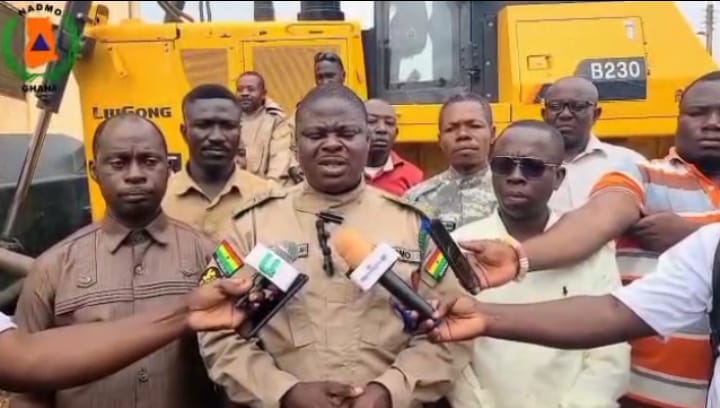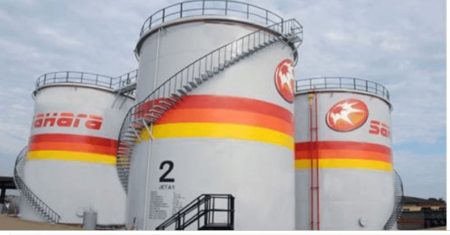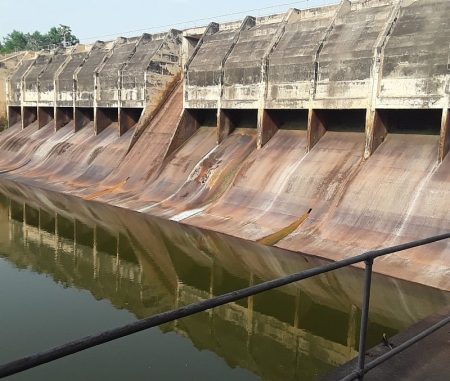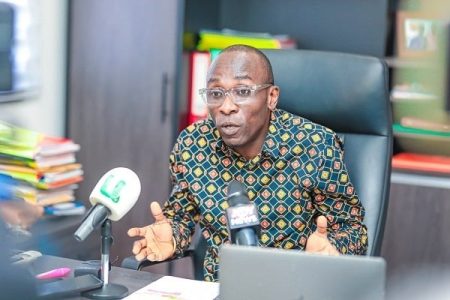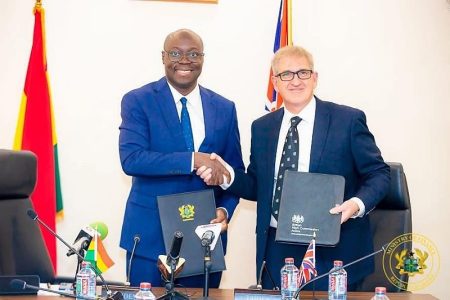The Central Region of Ghana is grappling with a devastating consequence of illegal mining, known as “galamsey”: the alarming number of drownings in abandoned mining pits. Over the past seven months, more than 22 individuals have lost their lives in these hazardous sites, a grim statistic that underscores the urgent need for intervention. The victims include not only illegal miners themselves, but also unsuspecting community members, often women and children with no involvement in mining activities. This tragic loss of life highlights the far-reaching dangers of galamsey, which extend beyond the immediate risks faced by those directly engaged in it. Regional officials fear the actual number of drownings may be even higher due to underreporting, painting an even bleaker picture of the situation.
In response to this crisis, a regional task force has been launched to reclaim illegal mining sites across the Central Region. This multi-agency initiative brings together security forces, disaster management officials, local government representatives, environmental protection agencies, the Minerals Commission, miners themselves, and the media to address the multifaceted challenges posed by galamsey. The task force will operate across several districts known for illegal mining activities, including Assin North, Assin Central, Upper Denkyira East and West, Twifo Ati-Morkwa, Twifo Hemang Lower Denkyira, and the Komenda-Edina-Eguafo-Abrem Municipality. The task force’s primary objective is to mitigate the environmental destruction and safety hazards caused by galamsey. This involves not only filling abandoned pits but also addressing the broader ecological damage caused by mining operations.
The reclamation initiative is part of a broader government strategy to transform degraded galamsey sites into productive agricultural land and tree plantations. This repurposing of the land aims to address both the environmental damage and the economic consequences of illegal mining. By providing alternative livelihoods for communities reliant on mining, the government hopes to reduce the allure of galamsey and foster sustainable development. The project involves deploying heavy machinery to rehabilitate the land and distributing free crop seedlings to communities. The aim is to encourage planting on the reclaimed land, thereby restoring the environment and creating new opportunities for income generation. This focus on agricultural development is crucial for fostering long-term economic stability in affected regions.
The “Tree for Life” reforestation policy is a key component of this reclamation drive, focusing on cultivating cash crops such as cocoa, palm, and rubber on rehabilitated sites. This initiative aims to restore the degraded landscape while simultaneously creating sustainable income opportunities for local communities. The government is urging illegal miners to abandon their harmful activities and participate in this reclamation effort, contributing to the restoration of farmlands and reinforcing national food security. This call for collaboration emphasizes the importance of community involvement in addressing the challenges posed by galamsey and transitioning towards more sustainable practices.
The government’s efforts to reclaim degraded land extend beyond simply filling abandoned pits and planting trees. The initiative includes a comprehensive approach to restoring the ecological balance of affected areas, which involves soil rehabilitation and water purification. These measures aim to restore natural habitats and secure livelihoods for communities dependent on healthy ecosystems. By addressing the contamination caused by mining activities, the government hopes to improve the overall health and well-being of the affected communities and mitigate long-term environmental damage. This holistic approach acknowledges the interconnectedness of environmental health and human well-being and seeks to address the root causes of the problem.
Beyond the immediate environmental restoration efforts, the government is also committed to strengthening enforcement against illegal mining. This includes allocating resources for sustainable land restoration and implementing public awareness campaigns to discourage galamsey while encouraging community participation in environmental protection. The government recognizes that addressing the root causes of illegal mining requires a combination of enforcement and community engagement. By providing alternative livelihoods and fostering a sense of shared responsibility for environmental protection, the government hopes to create a sustainable path towards a future free from the devastating consequences of galamsey. Ultimately, the goal is to achieve a balance between ecological preservation, economic development, and the well-being of both present and future generations.





